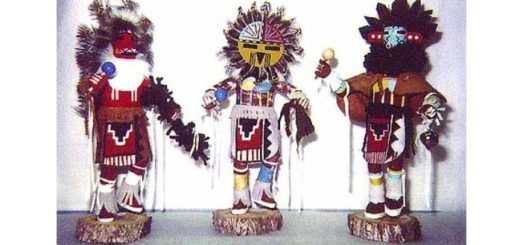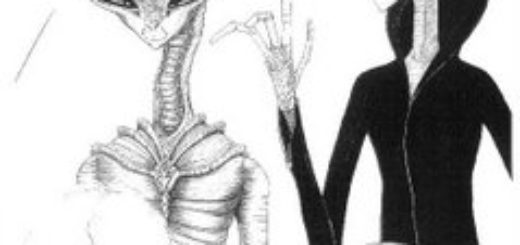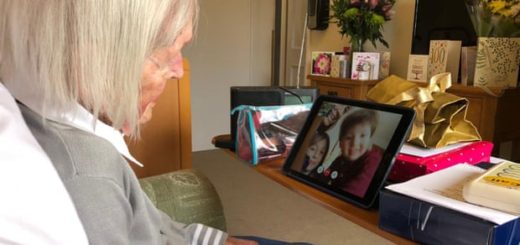Ancient ‘Yahweh And His Asherah’ Inscriptions At Kuntillet ‘Ajrud Remain An Unsolved Biblical Mystery
– An ancient drawing and curious inscriptions discovered at Kuntillet ‘Ajrud in the Sinai Desert are intriguing Biblical mysteries that still remain unsolved.
Biblical scholars, historians and archaeologists have long debated whether the figures found on an ancient drawing storage jar depict Yahweh and his Asherah or someone else.

In 1975, while excavating at Kuntillet ‘Ajrud archaeologists unearthed unique artifacts. Among them were two large pithoi, or storage jars, that weighed about 30 pounds each.
Reconstruction of the ancient jars revealed they were painted with animals, symbols, humans, deities and several inscriptions. It is believed the drawing were made over a considerable period and by several different artists. The iconography is entirely Syrian/Phoenician and lacks any connection to the Egyptian models.
The inscriptions are mostly in early Hebrew with some in Phoenician script. Many of the inscriptions are religious in nature, invoking Yahweh, El and Baal.
What created an intense debate are the inscriptions that include the phrases “Yahweh of Samaria and his Asherah” and “Yahweh of Teman and his Asherah.
Who or what was Asherah? The answer to this question depends on scholars’ interpretation of Asherah in relation to Yahweh.
Some scholars make a distinction between Asherah the goddess and Asherah as an cultic object (sacred pole).
Asherah was a pagan goddess. Was she God’s wife? The term “asherah” is mentioned 40 times in the Bible. It means in Hebrew “happy” or “upright” and some suggest “(sacred) place.”
This means that the text on the inscription found at Kuntillet ‘Ajrud can be a reference a particular goddess, a class of goddess or a cult symbol used to represent the goddess.
The problem with the inscription on the pithoi becomes even greater because of the drawing depicting two figures that scholars have identified as the Egyptian god Bes, which is in fact a collective name for a group of dwarf deities.
The two figures appear to be depictions of two males and not a drawing of God and his goddess wife.
It is believed that the image was drawn after the inscription was written, so the two may be completely unrelated.
The ancient inscription and the drawing are still subject of a lengthy scholarly discussion as to whether and how the inscription should be interpreted; that is, together with the drawings or independently.
Written by Ellen Lloyd – AncientPages.com
Copyright © AncientPages.com & Ellen Lloyd All rights reserved. This material may not be published, broadcast, rewritten or redistributed in whole or part without the express written permission of AncientPages.com and Ellen Lloyd
About the author:Ellen Lloyd –is the owner of AncientPages.com and an author who has spent decades researching ancient mysteries, myths, legends and sacred texts, but she is also very interested in astronomy, astrobiology and science in general.



 Creators of mankind
Creators of mankind Description of “Tall white aliens”
Description of “Tall white aliens” Where they came from?
Where they came from? About hostile civilizations
About hostile civilizations The war for the Earth
The war for the Earth “Tall white aliens” about eternal life
“Tall white aliens” about eternal life Video: “Nordic aliens”
Video: “Nordic aliens” Aliens
Aliens Alien encounters
Alien encounters The aliens base
The aliens base UFO
UFO Technology UFO
Technology UFO Underground civilization
Underground civilization Ancient alien artifacts
Ancient alien artifacts Military and UFO
Military and UFO Mysteries and hypotheses
Mysteries and hypotheses Scientific facts
Scientific facts


















